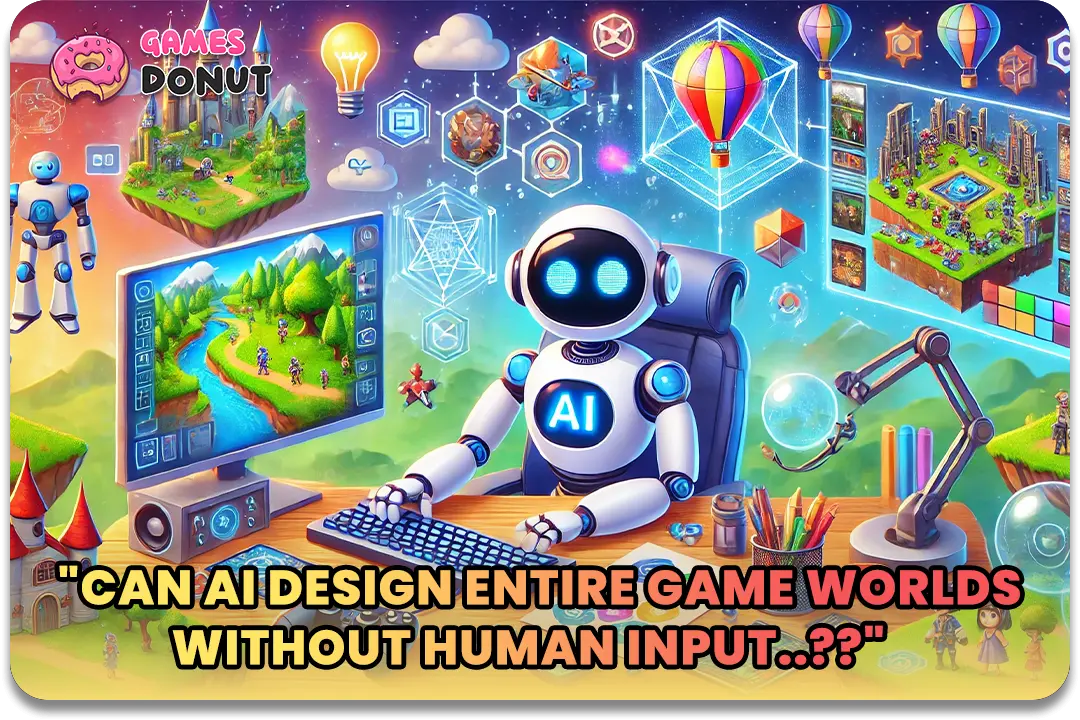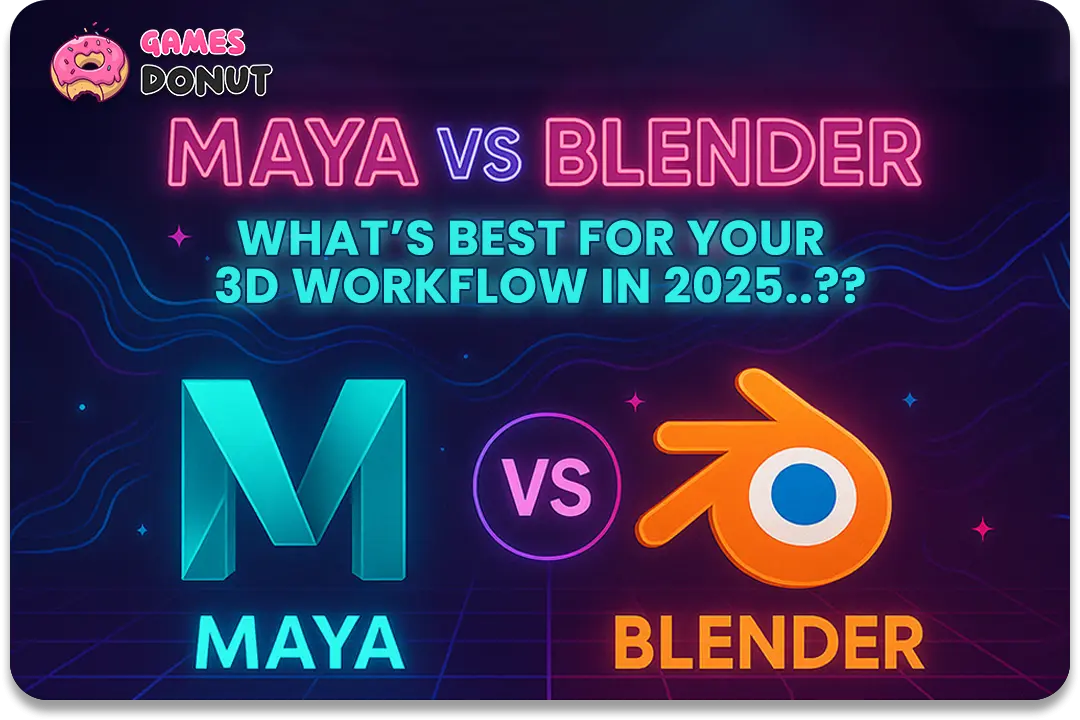The world of gaming has always thrived at the crossroads of imagination and technology. From pixelated characters in the 1980s to today’s expansive, hyper-realistic open worlds, game development has constantly evolved with new tools, engines, and design philosophies. But in recent years, a new player has entered the arena — Artificial Intelligence (AI).
AI isn’t just running NPCs (non-playable characters) or optimizing enemy difficulty anymore. It’s now designing, generating, and even reimagining game environments. This raises a fascinating question: Can AI design entire game worlds without any human input at all?
Let’s dive deep into this discussion and see how close we are to handing the keys of world-building entirely to machines.
The Traditional Role of AI in Games
Traditionally, AI in gaming has been limited to behaviors. NPCs use AI for decision-making — when to attack, how to respond to a player’s action, or how to adapt difficulty levels. This kind of AI, often called “game AI,” is rule-based and pre-programmed.
But that’s different from what we’re seeing today. With advancements in generative AI, neural networks, and machine learning, AI can now produce entirely new assets: environments, quests, music, and even dialogue. This isn’t just about programming “what to do”; it’s about generating “what could exist.”
The Rise of Generative AI in Game Development
Generative AI models (like GPT for text, Stable Diffusion for art, and procedural generation engines for 3D worlds) can now craft elements that used to require large design teams.
- Environment Design: Tools like NVIDIA’s AI-powered world generators can automatically create forests, cities, or mountains with little input.
- Narrative Creation: AI language models can generate branching storylines, lore, and dialogue options for characters.
- Procedural Generation: Games like Minecraft or No Man’s Sky already showcase how algorithms can generate infinite, explorable worlds — though these are based on mathematical rules, not true “creativity.”
The difference now? AI is learning to design worlds that feel organic rather than randomized.
Can AI Replace Human Creativity Entirely?
Here’s the catch: while AI can design vast amounts of content, it often lacks intentionality. A human designer builds a world with purpose — to tell a story, evoke emotion, or deliver a specific experience. AI, on the other hand, produces results based on patterns it has learned.
For example:
- An AI might design a city with beautiful architecture, but does it understand why the city exists? Who lives there? What history shaped it?
- AI can write thousands of quests, but will they feel meaningful or emotionally impactful without human oversight?
In short, AI can create the form of a world, but humans still provide the soul.
The Current Hybrid Approach
Most studios today are using a hybrid model where AI accelerates the grunt work, and humans refine the creative direction.
- Asset Creation: Instead of spending weeks designing trees or textures, AI generates hundreds of variations instantly. Designers then choose and refine the best ones.
- Idea Brainstorming: AI can pitch random storylines or level designs, and humans select what fits best with the game’s vision.
- Testing & Balancing: AI can simulate millions of playthroughs, identifying balance issues or bugs faster than human QA teams.
This partnership is powerful. It saves time, reduces costs, and allows human designers to focus on creativity rather than repetitive tasks.
What Would a 100% AI-Designed World Look Like?
Let’s imagine for a moment: you boot up a mobile game, and every aspect of it — the graphics, storyline, gameplay mechanics, characters, music, and even the monetization model — was created entirely by AI, without human touch.
It might feel:
- Infinite but empty — worlds could be massive, but lacking depth or emotional resonance.
- Strange and unpredictable — AI could produce bizarre results that don’t follow human logic.
- Novel but inconsistent — some parts could be breathtaking, while others might feel random or broken.
AI can simulate creativity, but it doesn’t yet have the lived experiences or emotional context that human designers infuse into worlds.
The Ethical and Practical Challenges
If AI were to take over world design completely, several questions arise:
- Ownership: Who owns an AI-generated world — the developer, the AI’s creators, or the players?
- Originality: If AI is trained on existing art, is its “creation” truly original, or is it remixing someone else’s work?
- Player Connection: Will players emotionally connect with a world that lacks human storytelling at its core?
- Job Displacement: Will designers lose their roles, or will they evolve into “AI conductors” who guide machines?
These challenges show that AI isn’t just a technological shift; it’s a cultural and ethical one too.
The Future: Collaboration, Not Replacement
The likely future is not one where AI completely replaces human designers, but one where they collaborate more closely. Imagine:
- AI generates the first draft of a game world in minutes.
- Human designers step in to shape the culture, mythology, and emotional beats.
- AI continuously adapts the world based on player behavior, creating dynamic and personalized experiences.
This is especially exciting for mobile gaming platforms where speed, variety, and replayability matter most. Imagine logging into a game and finding a new AI-crafted environment every day, tailored to your playstyle.
Final Thoughts
So, can AI design entire game worlds without human input? Technically, yes. But will those worlds have the heart, purpose, and emotional connection that make great games unforgettable? Probably not — at least, not yet.
AI is best seen as a creative partner rather than a replacement. It handles the heavy lifting, freeing human minds to focus on vision and storytelling. The future of gaming lies not in AI alone, but in how humans and machines build together.
And who knows? The next mobile game you play on our platform might already have AI fingerprints all over it — in the forests you explore, the NPCs you talk to, or even the music playing in the background. The question isn’t whether AI will design game worlds… it’s how much of your next adventure will be touched by it.




